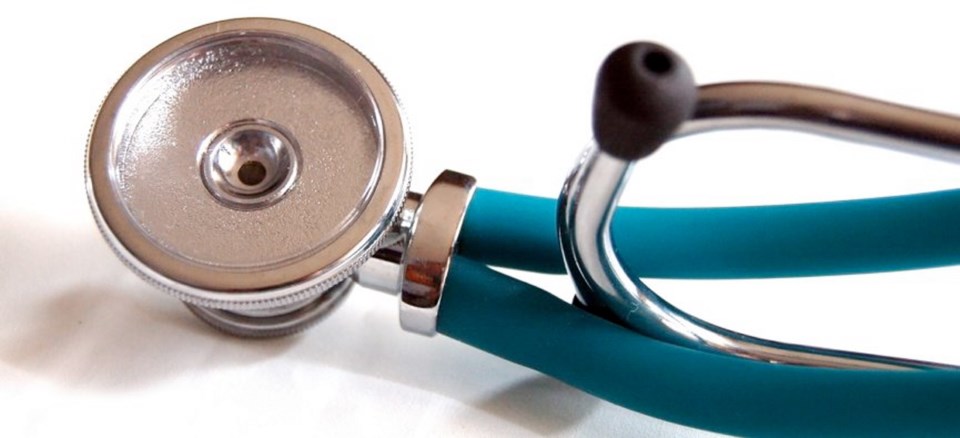The Earl of Derby once remarked that: “Those who don’t take time for wellness, will eventually have to make time for sickness.” Like many doctors, I, too, have advised patients and readers to exercise as part of a healthy lifestyle. Now, Dr. Maureen Brogan, Associate Professor of Medicine at New York Medical College, reports that intense, repetitive, motion exercise can cause rhabdomyolysis. And in rare cases it can kill.
Brogan explains that when muscle is damaged, it dumps myoglobin, an iron and oxygen-binding muscle protein, into blood circulation. Excessive amounts of myoglobin can obstruct the kidneys’ filtration system and cause serious damage.
I have mentioned in previous columns that, in rare cases, prolonged use of high doses of cholesterol-lowering drugs can cause rhabdomyolysis. I have also stressed that excessive exercise has been associated with fibrosis of cardiac muscle. But I was never aware it could cause rhabdomyolysis.
According to Brogan, over-exercising triggers the problem. This can occur when you push yourself too far in cycling, running or lifting weights.
For instance, Brogan cites the case of professional snowboarder, Amy Purdy, who in 2016 was hospitalized after participating in a CrossFit class for the first time. So why was hospitalization needed when she was well-conditioned?
The problem was she had not done pullups for several months. So the high-intensity pullups during class caused her medical Waterloo.
She remarked: “It wasn’t until 72 hours later that my arms would not straighten out all the way. I also had swelling of my elbows on both arms. Tests showed I had rhabdomyolysis. It shows if you push your body to failure, and keep going, you’re at risk. Listen to your body, as it knows best.”
Other possible symptoms of rhabdomyolysis are nausea, vomiting, fever, intense shivering, confusion and fainting. And urine can be scant and dark.
When I read this report I thought about friends who routinely run several kilometres every week. And others who participate in long-distance cycling races. Some who exercise regularly are surprised when told of this diagnosis. So I wondered if any might be suffering from mild forms of rhabdomyolysis without realizing it.
We also know this condition can result from accidents that injure muscles, prolonged immobilization, drug side-effects and genetic disorders.
Brogan claims that high-intensity cycling has produced dozens of cases of rhabdomyolysis, particularly among “newbies,” just beginning the sport, and pushing their bodies beyond capacity. One New York City hospital reports 29 cases of rhabdomyolysis during a four-year period.
She adds that no one is immune to rhabdomyolysis, as there is a fine line between exercising to capacity and overexerting yourself.
So what’s the message? As with many medical problems, prevention is better than cure, particularly when there’s a small chance of dying. Cycling seems to be one of the major hazards. Brogan says that when she started to research this matter, 42 of the 46 cases of rhabdomyolysis involved patients attending cycling classes for the first time.
These patients are at big risk as they are often not conditioned and using untested muscles at an intense rate. But if you’re a runner and decide it’s time to switch to cycling, remember, you will be using a different set of muscles for the first time, which could result in rhabdomyolysis unless you gradually increase the intensity over time.
Insufficient physical training, along with severe dehydration and/or extreme body temperatures, also increase the risk of rhabdomyolysis regardless of the type of exercise.
Always start slow. Take frequent breaks, keep well hydrated, and listen hard to what your body is telling you, as no one is immune to rhabdomyolysis. Brogan reports that 7 to 8 out of 100,000 military recruits are affected every year. Even professional athletes suffer its consequences. The mortality rate is five per cent, but can be higher if kidney function fails.
Of course, it’s not the intention of this column to worry people about exercising, have them become couch potatoes, nor to make time for illness. Rather, the best advice is to keep moving, but stress that moderation in most aspects of life usually wins the day.

